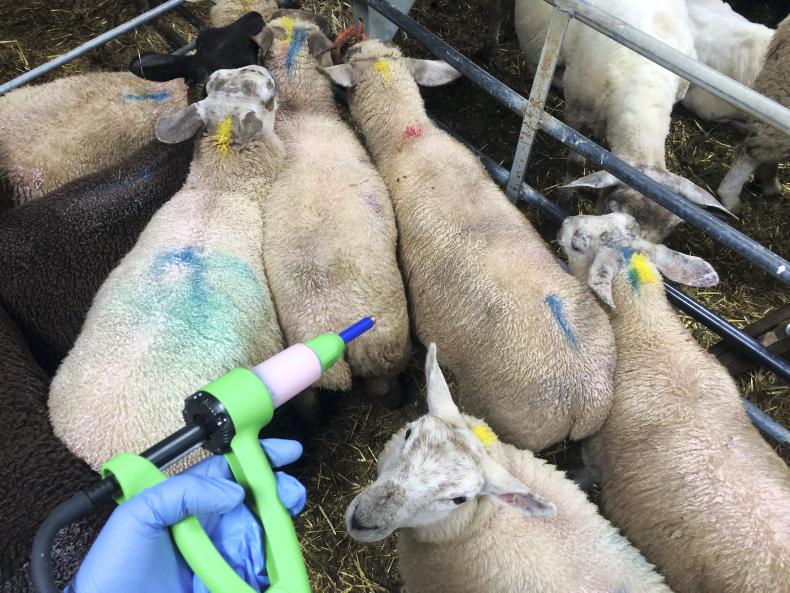Blowfly control options: There has been an increase in the incidence of blowfly strike reported this week. Farmers looking to purchase products for treating strikes are faced with fewer control options. Osmonds ceasing trading has removed Osmonds Goldfleece and Osmonds Ecofleece from the market, while Cyperguard – manufactured by Bimeda – will also be unavailable for the 2019 season.
The available dipping products are Bimeda’s Ectoflits (3l) and Hygeia’s summer and winter dip (2.27l and 4.54l ). The three of these options are organophosphate-based. Some farmers have enquired about non-organophosphate-based options, with Cyperguard temporarily unavailable.
There are no dipping products, but there are pour-on products that are licensed for treatment and control of blowfly strike, while there are other products that are licensed for treatment only. Farmers should be careful in their selection, as some pour-on blowfly preventative products do not have treatment properties. For example, Clik and Clik Extra offer the longest protection for blowfly, but do not possess treatment properties where there is already an established strike.
The absence of dipping products has also reduced options for controlling ticks. Summer and winter dip are licensed for sheep scab and blowfly treatment and control, while Ectoflits is licensed for sheep scab, blowfly strike, lice and keds.
The pour-on Youngs Vector is licensed for the treatment and prevention of ticks with a 10-week period of cover, while also preventing and treating blowfly strike in sheep and treating biting lice. Again, there are other pour-on products that do not provide preventative or treatment for blowfly strike, but offer treatment and prevention of ticks and lice.
CPRs and dispatch documents: There have been numerous enquiries in recent weeks regarding what factories and marts are operating as central points of recording (CPR). The Department of Agriculture lists the following factories as operating as CPRs: Dawn Meats, the two Irish Country Meats plants in Camolin and Navan, Kepak and Kildare Chilling. There are still no marts listed as operating as CPRs. This means farmers must continue to record tag numbers on their dispatch documents unless otherwise advised by the mart.
Castration of lambs: Management of lambs will have a big influence on castration decisions. Ram lambs have the potential to record higher levels of performance, but can be harder to finish to a desired fat score as the season progresses. Farm infrastructure also has a part to play, as does the target market. Lambs should only be left entire where they can be grazed on their own while some farmers will castrate lambs that will not be finished before a target date. The Eid al-Adha festival, which this year takes place in mid-August, has been used by some as a target. A good balance for many is leaving strong lambs entire and castrating later-born or lighter wether lambs that will remain on farms later into the season. The burdizzo method can be carried out before lambs reach three months. Lambs should receive a clostridial disease vaccine in advance of castration and a blowfly preventative treatment.
